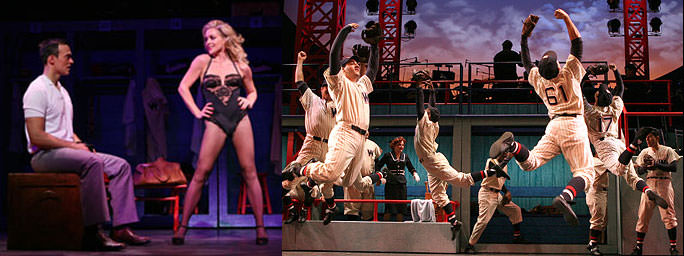One of the purposes of voice lessons is to learn how not to damage those fragile folds of tissue. That part really isn’t that hard. Learning how to project using the abdominal muscles is part of every actor’s training. The hard part is to remember to yell properly when caught up in the excitement of a game.
But, the main reason people take voice lessons is to learn how to sing. Or, how to sing better than they already do. We all know how to sing. Doe, a Deer from The Sound of Music teaches that. But there is so much more to it.
If I were to go to any piano, anywhere in the world, and hit middle-C (providing that the piano were in tune!) it would sound the same as any other piano, or flute, or violin. But for some voices, middle-C is too high. For others, it’s too low. And the truly annoying part is that it can change from day to day. One day it can be a comfortable note, and another – not. This can even change from one song to another in the same day! How can we learn how to master such a capricious instrument?
We can start by thinking of the voice as an instrument. That can be tricky. I am not physically connected to my piano or to my guitar. I am physically connected to my voice. It is a part of me, and it can be difficult to realize that criticism of my voice is not criticism of me personally.
Singers have many challenges that other musicians don’t have. We cannot see our instrument. We cannot take it out and study it to learn what we are doing correctly or not. What we need is a trained set of ears. And we can find that in a voice teacher. Someone with a trained set of ears and a thorough knowledge of vocal production. I can be that voice teacher by helping you learn not only to use your voice properly but by giving you the tools you need to achieve the goals you have for your voice. Please contact me at 505-417-9034 to learn about lessons for your voice from a professional Albuquerque vocal coach at the Minnich Music Studio.


 RSS Feed
RSS Feed